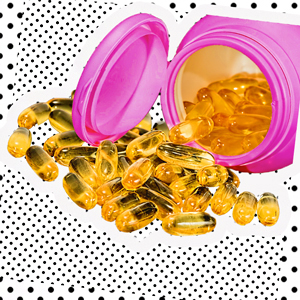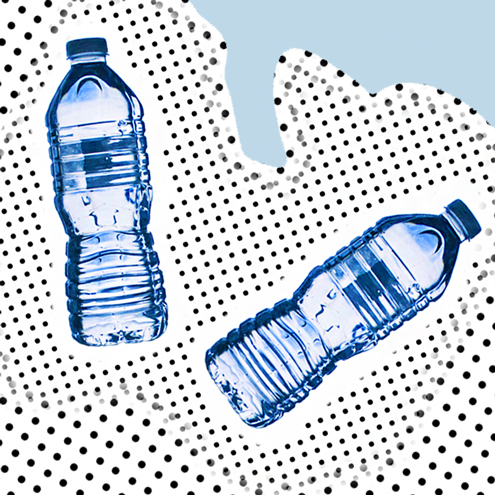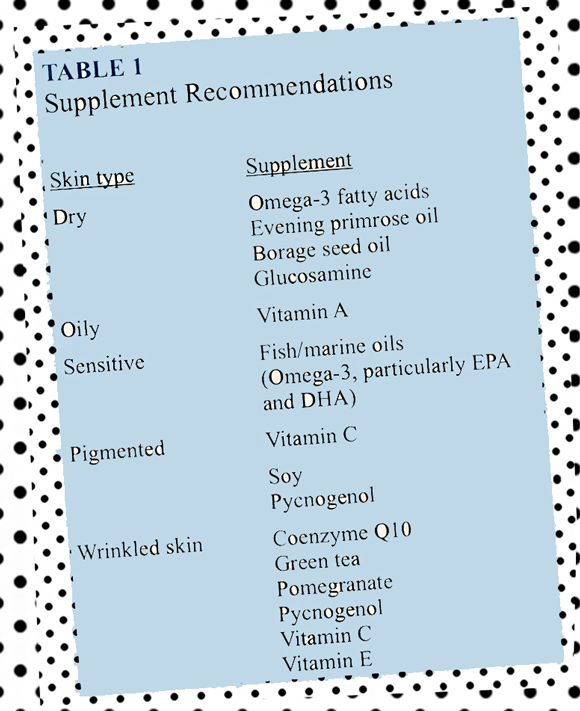The 6 Best Vitamins and Supplements for Naturally Glowing and Radiant Skin.

DDiet plays a crucial role in the appearance of the skin and plays a role in everything from skin hydration, redness, and acne to skin aging. Prevention is the best and most effective way to work against extrinsic skin aging effects.
Naturally radiant skin, who wouldn’t like that? But like all good things getting the glowing complexion, it takes time and commitment. The good news is some of the habits are easier to commit to than the others. One of the easiest is enriching the diet in products and supplements that contain skin-friendly vitamins.
Following is a brief guide of commonly used nutritional compounds in the realm of skincare, supported by scientific research:


Vitamin A (retinoids). Retinoids are found in carrots, cantaloupes, sweet potatoes, and spinach. Vitamin A has been shown to improve the stretch mark and improve discoloration of the skin1. Vitamin A is also especially helpful in those struggling with acne, as it diminishes oil levels in the skin. Vitamin A (in the form of retinoic acid) is known to reverse photoaging by diminishing wrinkles, smoothening the skin texture, and skin changes related to sun exposure.
Vitamin C. Found in abundance in citrus fruits, vitamin C reduces wrinkles created by ultraviolet type B, especially in combination with vitamin E. As vitamin C is critical in producing collagen, it is believed to prevent and even reverse signs of skin aging. To acquire these benefits, consider 500 mg Vitamin C twice daily, and a cream containing vitamin C. Not all preparations are physiologically effective, however. Magnesium ascorbyl phosphate (MAP) is the most stable and effective type of vitamin C in creams.

Vitamin D. Found in fatty fish, this vitamin functions as a hormone and antioxidant. Like all antioxidants, vitamin D exhibits the capacity to decelerate aspects of skin aging. Vitamin D deficiency is common and should be screened for. Deficiency also predisposes to acne. If deficient, it should be replaced with at least 800 IE daily for at least a month in the winter times.
Vitamin E. It must be obtained through the diet by eating nuts, spinach, olive oil, or whole grains (richest sources). It is an antioxidant that easily dissolves in fat. It protects the skin from various deleterious effects due to solar radiation by acting as a free-radical scavenger. Topical vitamin E also has skin barrier-stabilizing and photoprotective properties. Most over-the-counter antiaging creams contain around 0.5-1.0% vitamin E. Combinations of Vitamin C, and E in topical preparations are markedly more efficient at protecting against UVB than monotherapy.


Omega-3. Found in the highest amounts in mackerel, tuna, and salmon. Omega-3 is highly anti-inflammatory, and as such, can curb acne and facial redness. A healthy ratio of omega-6 to omega-3 should be around 4:1. These fatty acids also help the skin hold onto water. As it assists skin hydration, it may help with eczema. Without water, the skin will age quicker and be more likely to itch and get red.
Niacin (Vitamin B3). Peanuts, fish, and meat contain the highest amounts of this vitamin. Niacin, in the form of niacinamide, is a very effective ingredient in topical formulations for treating photodamage, inflammation, hyperpigmentation, and dry skin.

Alpha Lipoic Acid (ALA). Topical 5% ALA cream is effective in treating photodamaged skin. It also helps smooth the skin and combat outer signs of aging.
Coenzyme Q10 (CoQ10). Coenzyme Q10 topically (as in creams) has been
demonstrated to penetrate the epidermis and may be effective in preventing the
deleterious effects of UV radiation. It also reduces wrinkle depth.


References:
The evolving role of Retinoids in the Management of Cutaneous Conditions. New York, New York USA; May 2-4, 1997. Conference proceedings. J Am Acad Dermatol. 1998; 39: S1.
A. M., Kligman (2000). Cosmetics: A dermatologist looks to the future: promises and problems, Dermatol Clin. 18; 699.
C. L., Phillips, S. B., Combs, S. R., Pinnell. (1994). Effects of ascorbic acid on proliferation and collagen synthesis in relation to the donor age of human dermal fibroblasts. J Invest Dermatol, 103: 228.
Telang, P. S. (2013). Vitamin C in dermatology, Indian Dermatol Online J. 4(2), 143-146.
Yildizgören, M. T., & Togral, A. K. (2015). Preliminary evidence for vitamin D deficiency in nodulocystic acne. Dermatoendocrinology, 6(1).
Thiele, J. J., Ekanayake-Muiyanselage, S. (2007). Vitamin E in human skin: organ-specific physiology and considerations for its use in dermatology. Mol Aspects Med, 28, 646.
Eberlein-König, B., & Ring, J. (2005). The relevance of vitamins C and E in cutaneous photoprotection. J Cosmet Dermatol, 4, 4.
Hoppe, U., Bergemann, J., Diembeck, W., et al. (1999). CoQ10 supplementation elevates the epidermal CoQ10 level in adult hairless mice. Biofactors, 9, 371.
Puglia C, Tropea S, Rizza L, et al. In vitro percutaneous absorption studies and in vivo evaluation of the anti-inflammatory activity of essential fatty acids (EFA) from fish oil extracts. Int J Pharm. 2005;299:41.



